Making espresso at home is a serious lifestyle decision and not one to be taken lightly. Navigating the wide world of home espresso machines is kind of like going to a car lot that sells golf carts, self-driving cars, Jaguars, Hyundais, and Power Wheels. If that’s not confusing enough, you also need to pair your machine with a coffee grinder up for the task of consistently producing grounds to make the whole thing worth it. It’s confusing “asf”, like the kids say, even for your pals at Sprudge.
A few years back, we teamed up with Portland-based home coffee experts Clive Coffee to build a home espresso guide. This is what Clive does all day long: advise people on home espresso options, working with several leading brands as a kind of third party divining rod. The field of home espresso has grown considerably since our first collaborative guide came out, with big new product launches from commercial brands like La Marzocco, Slayer, and Dalla Corte along with some new entries in the budget sector. The time for an update is now.
There are a lot of frankly bad home machines on the market that we would never recommend; there are also some machines that might be great at making espresso but suck at steaming milk. We narrowed down our guide with input from Clive to only feature machines that excel at both, and are sound investments that are built to last. That means this guide starts at around $1,000, and tops out near $10,000.
You want to make rad espresso at home? We’ve got options. Read on!
ECM Casa V $975
This machine is the only one on the list that falls below $1,000, but not by much. It’s currently available for pre-order and replaces the Racilio Silvia M from our 2012 guide. It’s a sturdy machine with nice details—the Casa V sports a solid metal group cover while the Silvia’s is chromed plastic. One of the smaller machines on our list that’ll fit nicely in a smaller kitchen. Apart from the colored lights, this little baby is all analog.
Geeky notes from Clive:
The machine has a polished stainless steel case and its huge 0.75-liter stainless steel boiler and powerful 1200-Watt heating element make for better steam power and improved temperature consistency in the shot. Also, its five-to-seven minute warm-up time is faster than most machines in this class. The Casa V also includes an ergonomic and chrome-plated commercial 58mm portafilter, and a fully articulating steam wand. The brew pressure is externally adjustable, and the gauge displays pump pressure during your shot.
If this were a car, it would be a Mini Cooper.
Grinder recommendation: Baratza Sette 270
Clive Classika PID by ECM $1495
Up next on the list is the Clive Classika PID by ECM which sports the classic exposed E61 group head and a handsome set of knobs. It’s got a nice .75-liter stainless steel boiler to give you the oomph to steam cappuccino for friends. It also gives you the option to dial in the temperature of the espresso brew water by an individual degree and it’s even got a little shot timer. Bam!
More notes from Clive:
The updated joystick has spring-like action which means steam power is instant on and off, so you can steam your milk to the perfect temperature every time. Flip the satisfying rocker switch to steam mode, and in one minute you’ll have ample steam power for your favorite milk drink. Clive has a direct importing relationship to bring in the Classika, which means we’re importing and giving feedback on this machine all the time to the makers.
Grinder recommendation: Baratza Sette 270W
Profitec Pro 300 $1549
This little number is one of the most compact dual-boiler espresso machines available. It’s got grown-up features like a PID control, a shot-timer, and heats up in less than ten minutes. The user interface is straight-forward and simple and let’s you get from Point A to Point B with ease. Yas, mama!
More notes from Clive:
Profitec’s rational and clean approach to engineering is focused on making maintenance straightforward and easy to use. Whether to get in the door with an affordable first machine, or supplement your home collection with a unique model, this machine should be on everyone’s short list.
Grinder recommendation: Profitec T64
LUCCA A53 Mini by La Spaziale $1895-$2375+
The LUCCA by La Spaziale is a pro-level machine that’s used by caterers, coffee carts, bakeries, and offices. It goes a bit beyond the features of the machines listed above, with programmable shot volumes and a bigger boiler which means better steam performance. You can steam a pitcher of milk in ten seconds. What’s more, the exterior can be customized. Helloooo, walnut wood panels!
More notes from Clive:
At $1950, the A53 Mini can rival the espresso of your favorite shop in the comfort of your home. At $2250, the plumbed A53 with a rotary pump and a massive 2.5-liter steam boiler can run circles around our other machines under the $4,500 mark. They’ll also offer businesses and offices modern dual boiler performance and large drink capacity at a fraction of the price of most commercial machines.
For what it’s worth, the Clive staff tends to use the A53 Mini machine more than any other machine for daily use.
Grinder recommendation: Compak E5
LUCCA M58 by Quick Mill $2495+
Clive worked with Quick Mill to develop the LUCCA M58. The exposed E61 group head and analog dials combine with a digital PID interface. It’s sturdy but large, so you’ll need to invest some kitchen space for this machine. It also takes about twenty minutes to warm up, but once it reaches temperature, you’ll be able to whip up drinks for your whole dinner party.
More notes from Clive:
From the drip tray, to the gauges, to the custom portafilters, every detail has been intentionally placed to create a timeless Italian feel. The PID bevel is deep ocean blue, and the curved cup rail installed on the wood side panels pays homage to the classic sailboats traversing the Mediterranean sea. For those that plan to entertain or make more milk drinks, the M58 is ready to impress.
Grinder recommendation: Eureka Zenith 65E in Chrome
La Marzocco Linea Mini $4495
Since our original guide debuted in 2012, Scott Callender and Ben Blake along with the La Marzocco USA team have created La Marzocco Home, a start-up of sorts within the wider La Marzocco brand focused on the home market. The Linea Mini is the first completely new machine under their Home program, and it’s the brand’s hero for home users. Unlike the La Marzocco GS/3, this machine sports an analog interface. Expect a strong, quality build with reliable performance. It also comes in different colors!
More notes from Clive:
To get the price down, La Marzocco pulled out some cost while retaining the power and performance that people expect from the brand. For customers that want to match cafe performance—and I mean espresso that can hang with what you’re drinking in top specialty shops—the Linea, paired with a high quality grinder, is really the gold standard for home espresso in 2016.
Grinder recommendation: Eureka Zenith 65E in White
La Marzocco GS3 $6900 for entry-level, with customizations that go up from there
Since 2005, the La Marzocco GS/3 has been the tool of choice for small specialty coffee shops and for discerning home enthusiasts for whom money is not particularly an object. There’s programmable pre-infusion on the paddle-controlled group, it’s strong enough to withstand the largest dinner party’s demands, and it’s simply built to last.
More from Clive:
It’s easy to get infatuated with new machines and technology, but the GS/3 still has commercial performance and presence that other home machines do not, and it’s been doing it at a high level since first being introduced in 2005. La Marzocco has done a fantastic job of welcoming people into premium espresso with great educational content that makes these best-in-class machines approachable. This, along with its phenomenal track record, has broadened the appeal of the GS/3, and further cemented the GS/3’s position in the espresso machine hierarchy. With the right grinder and dedication, this tool can match the espresso of the world’s great cafes.
Grinder recommendation: Macap M7D
Slayer 1-Group $7999+
The Slayer family of espresso machines are built in Seattle and found in high quality shops around the world. The Slayer 1-Group takes the same unique approach to espresso brewing in a body with a footprint small enough for a home or office kitchen. Baristas the world over have experimented with the Slayer’s pre-brew capabilities to extract “Slayer Shots”, playing with the shot extraction profile to create mind-blowing espresso shots. The machine’s stunning design evokes mid-century architecture and home design masters like Mies van der Rohe and Oscar Niemeyer. Endless customization options are available in-house from the team at Slayer.
More from Clive:
This machine definitely appeals to people who love customization, and want to be intimately involved with their espresso drinks. Look at those levers, and you know even the steaming will be a special occasion. When it comes to color, materials, and unique details, Slayer are truly pushing boundaries. And their design language is maximalist—fully customizable everything, combining elements of HG Wells and Mies van der Rohe. If the spaceship Nostromo from Alien had an espresso machine, it would be this. We love the standard configuration with black panels and Peruvian walnut. But there is almost no limit to where you can take your dream Slayer. This machine is a statement piece for any home, yacht, or interstellar escape pod.
Grinder recommendation: Compak F10
Dalla Corte Mina $10,000
This machine from Milan’s Dalla Corte has surprised many with its features upon features stacked on even more features—and it also brews pour-overs. It’s strong enough for heavy commercial work, small enough to fit in your kitchen, can be customized with various woods and metals, and did we mention the features? Adjustments to a multitude of variables and custom profiles can be created with a smartphone using the machine’s Bluetooth capabilities and Dalla Corta’s Mina app. You can also just jump on and rock the machine with its analog dials and knobs.
Clive has more:
The key to what makes Mina so different is the patent-pending electronic valve regulator, which can be closed to one hundredth of a millimeter, allowing the extraction to start at zero bars of pressure. The brew lever allows fluid control of the water flow and pressure into the coffee during the extraction, but the shot can also be profiled in five stages with adjustment increments of, you guessed it, one hundredth of a millimeter. This control is where Mina differs from the Slayer. The drip tray can even be removed, leaving the front of the machine open for pour-overs. We know this sounds crazy, but the brew temperature can be adjustable by tenths of a degree and the water flow can be controlled on-the-fly.
This is the most expensive machine on this list and fitting for the last entry. It shows how far home espresso has come in the last few years—and where it might be headed next.
Grinder recommendation: Macap M7D
Several of the companies featured in this guide are advertising partners on Sprudge. A complete list of partners is published on the lower right-hand side of each article.
The post The Sprudge Guide To Home Espresso Machines appeared first on Sprudge.
from RSSMix.com Mix ID 8200593 http://sprudge.com/the-sprudge-guide-to-home-espresso-machines-108652.html
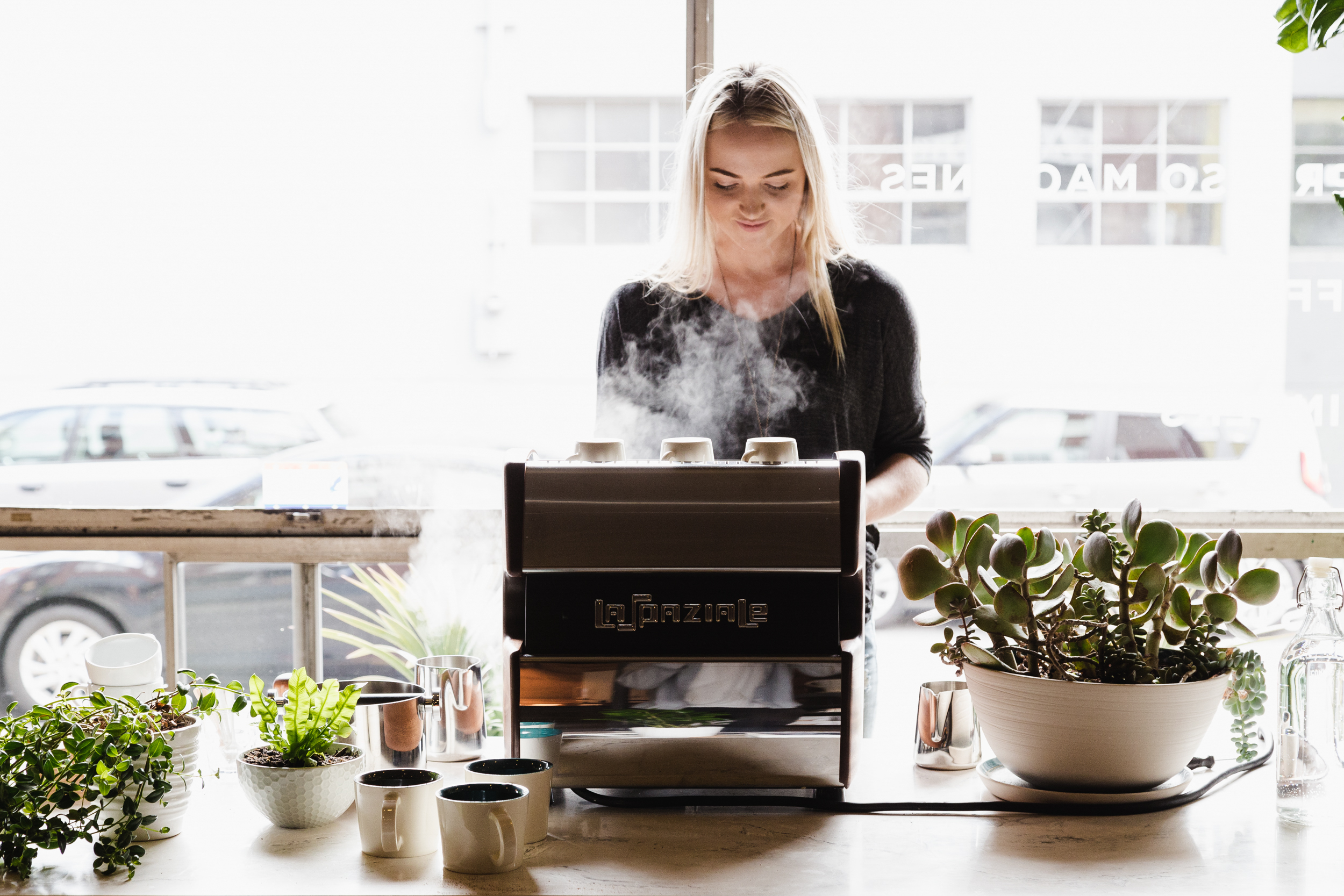
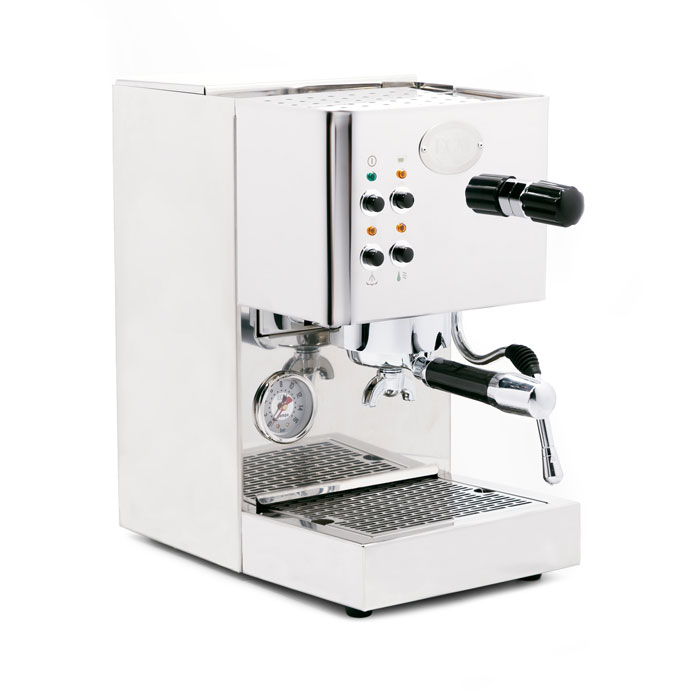
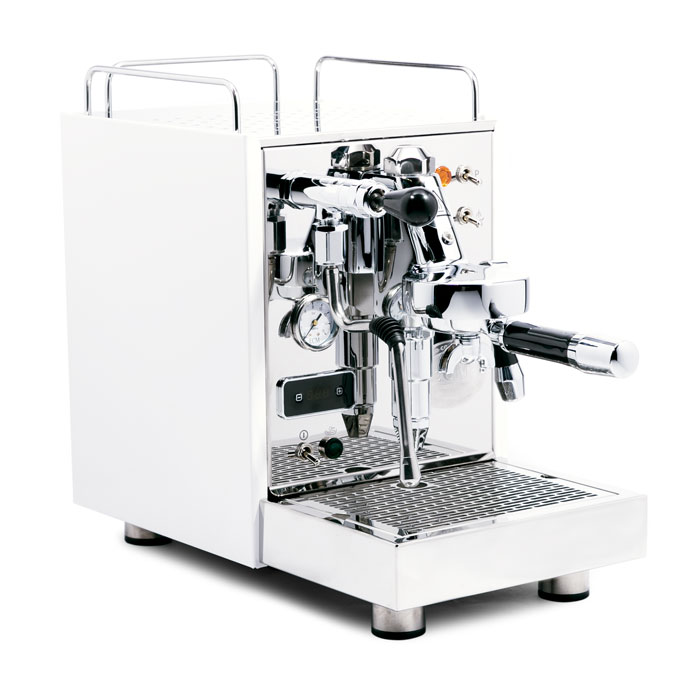
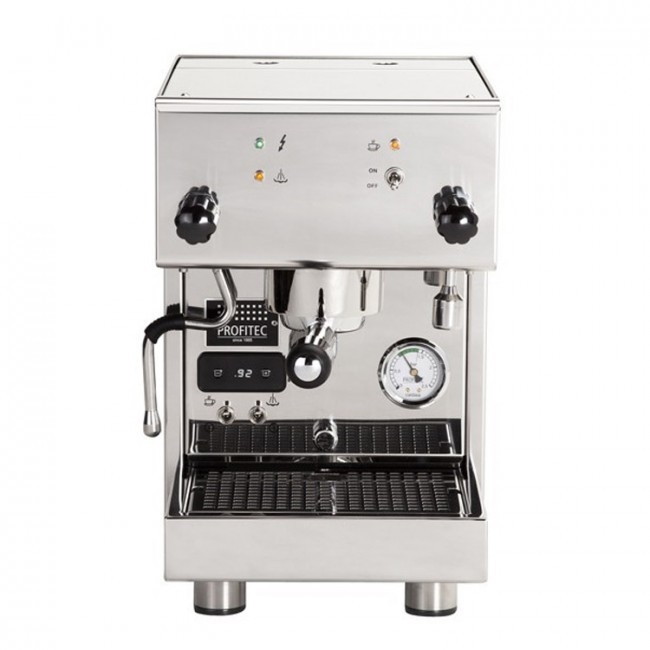
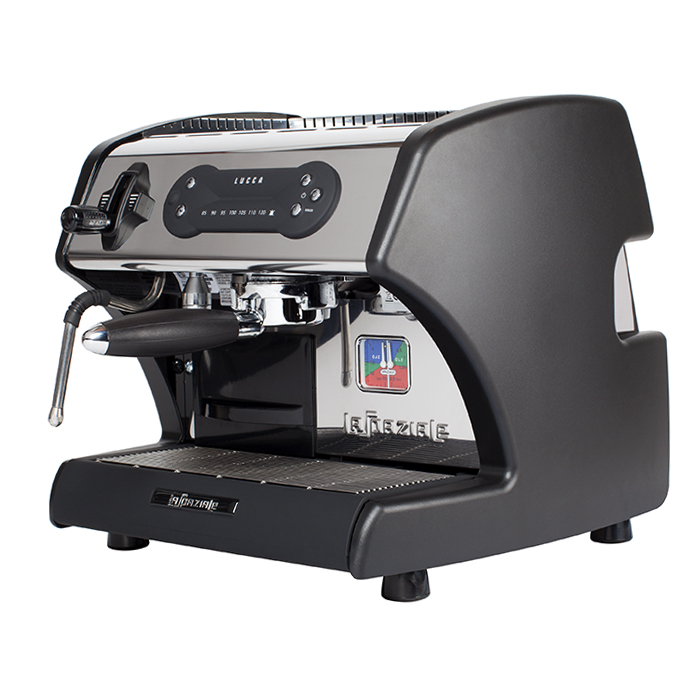
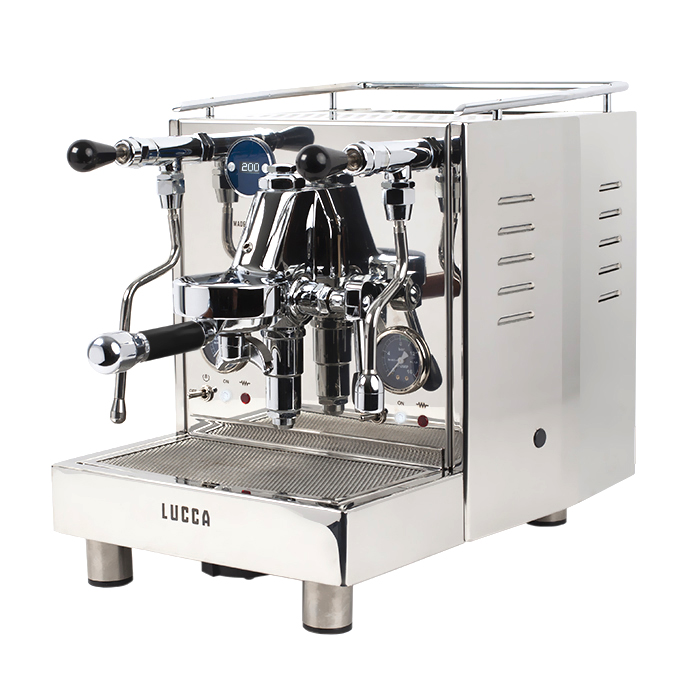
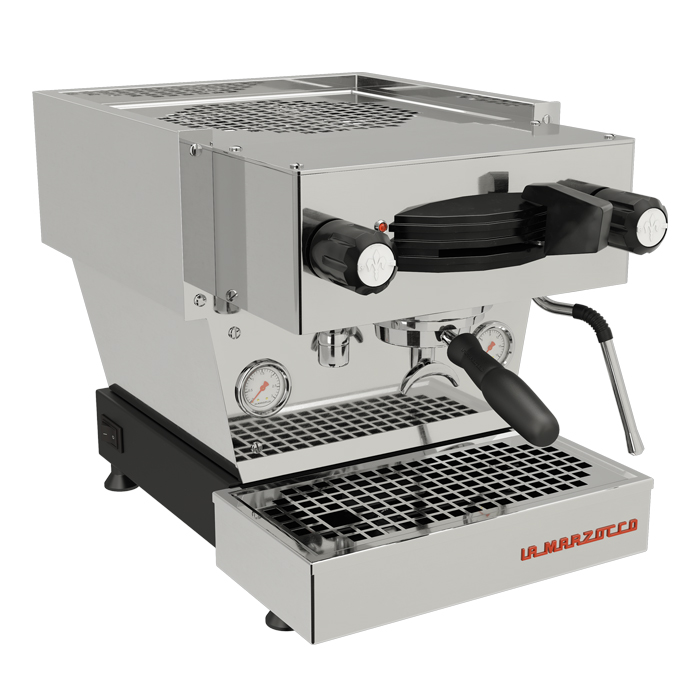
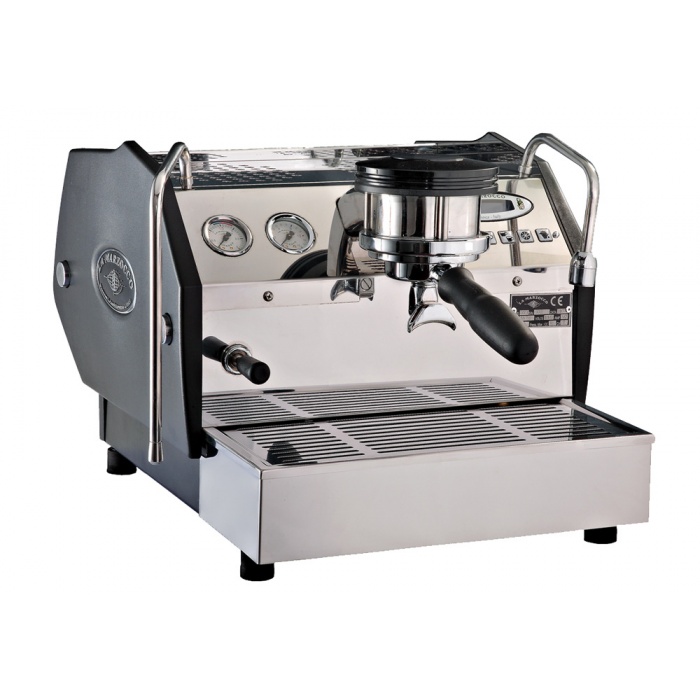
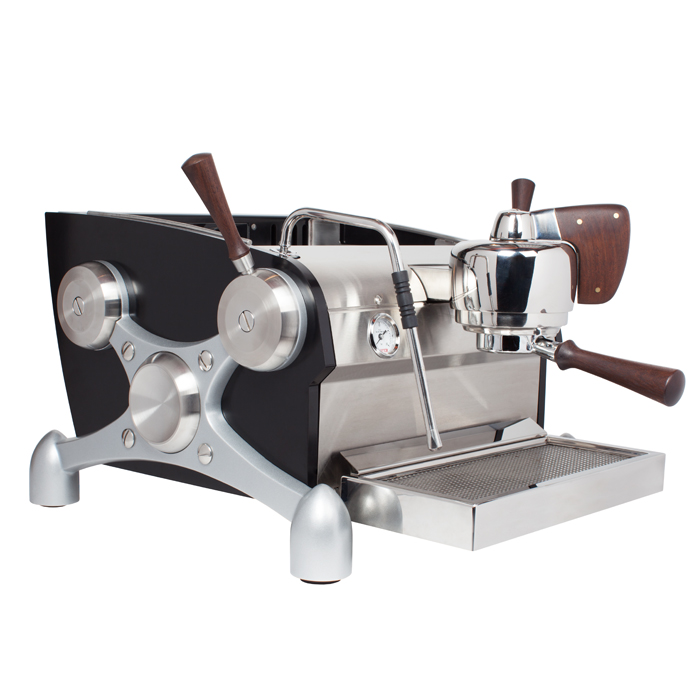
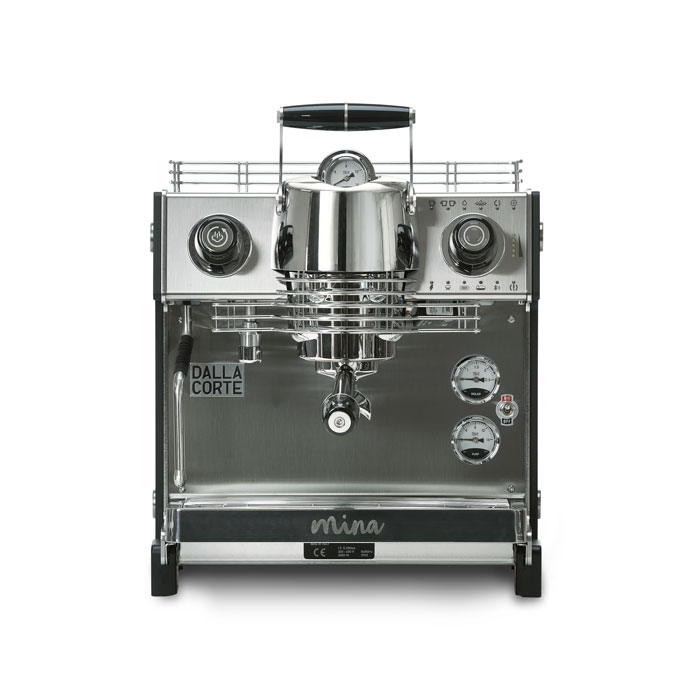
Just Another Coffee Enthusiast the coffee geek
ReplyDelete